Tips to Care for Cast Iron Cookware
The most versatile cookware I own are my cast iron skillets. You can use cast iron on top of a gas or electric stove, in the oven, on a hot plate, on a wood-burning stove, and even over an open fire! It’s the cookware our grandparents and prior generations used and handed down as heirlooms. I want to show you how I care for and clean my cast iron cookware in case you aren’t familiar.
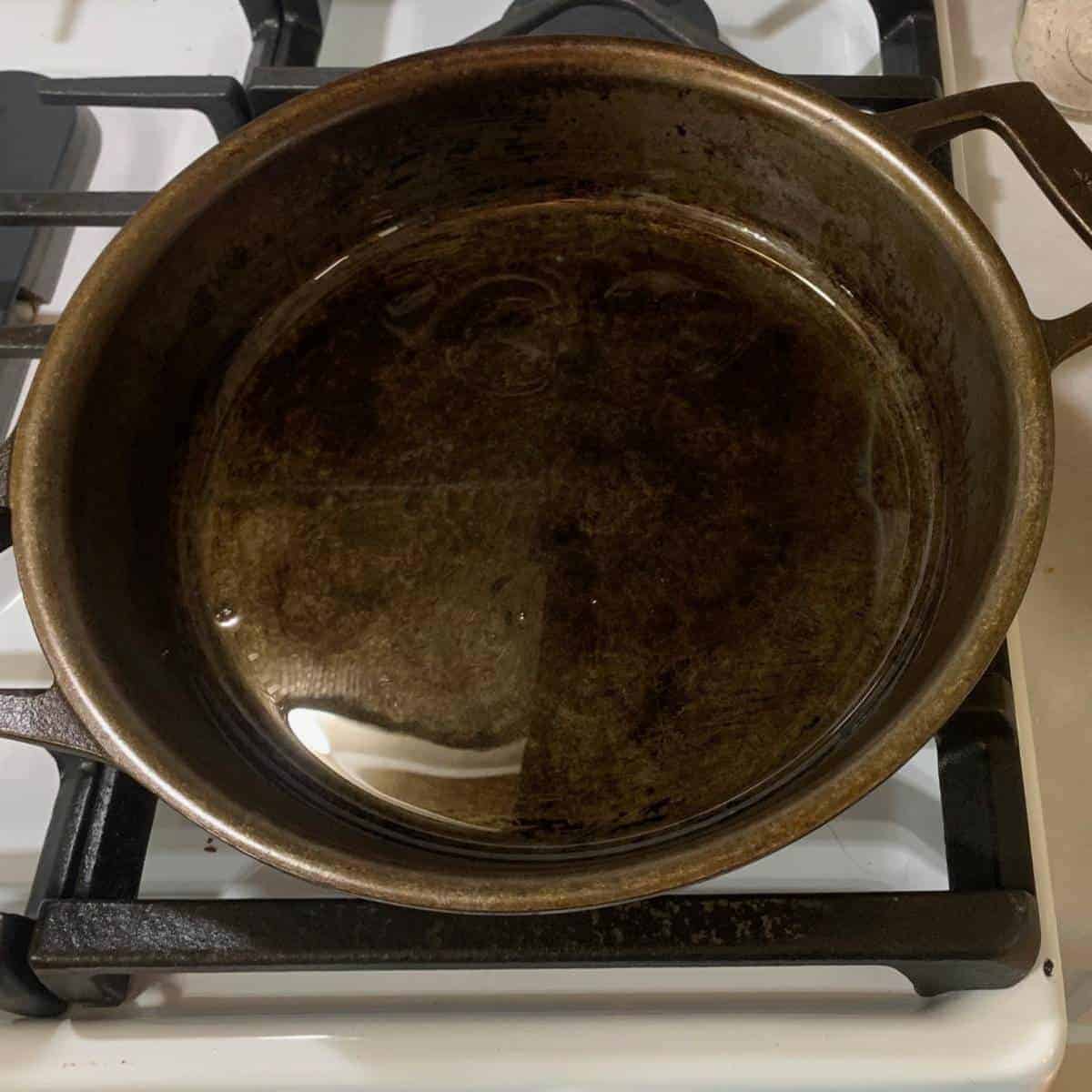
This post contains affiliate links, which means I make a small commission at no extra cost to you. Read my full disclosure here. Thanks for your support!
I love using cast iron skillets to cook with. They’re so sturdy and hold in heat while dispersing heat evenly. I also love not having to wash them after cooking! But more on that below.
Cast iron skillets are the original nonstick skillets. They achieve their non-stickiness from natural means, though, and it’s not toxic!
If you don’t already know, non-stick cookware that you buy today has been coated with plastics and other toxic chemicals that are actually very harmful to your health. When you heat them up, those toxins actually get into your food! The Environmental Working Group has done studies along with major universities on the harmful effects of non-stick cookware.
You can read more in the EWG’s Canaries in the Kitchen article.
When you cook with cast iron, you have to add your fat and let it melt as you heat up your skillet before you ever add your food. Multiple layers of fat that have been baked into the cast iron create the nonstick surface of your skillet and make it rust-resistant. This is called the “seasoning.”
How is cast iron cookware different from other pots and pans?
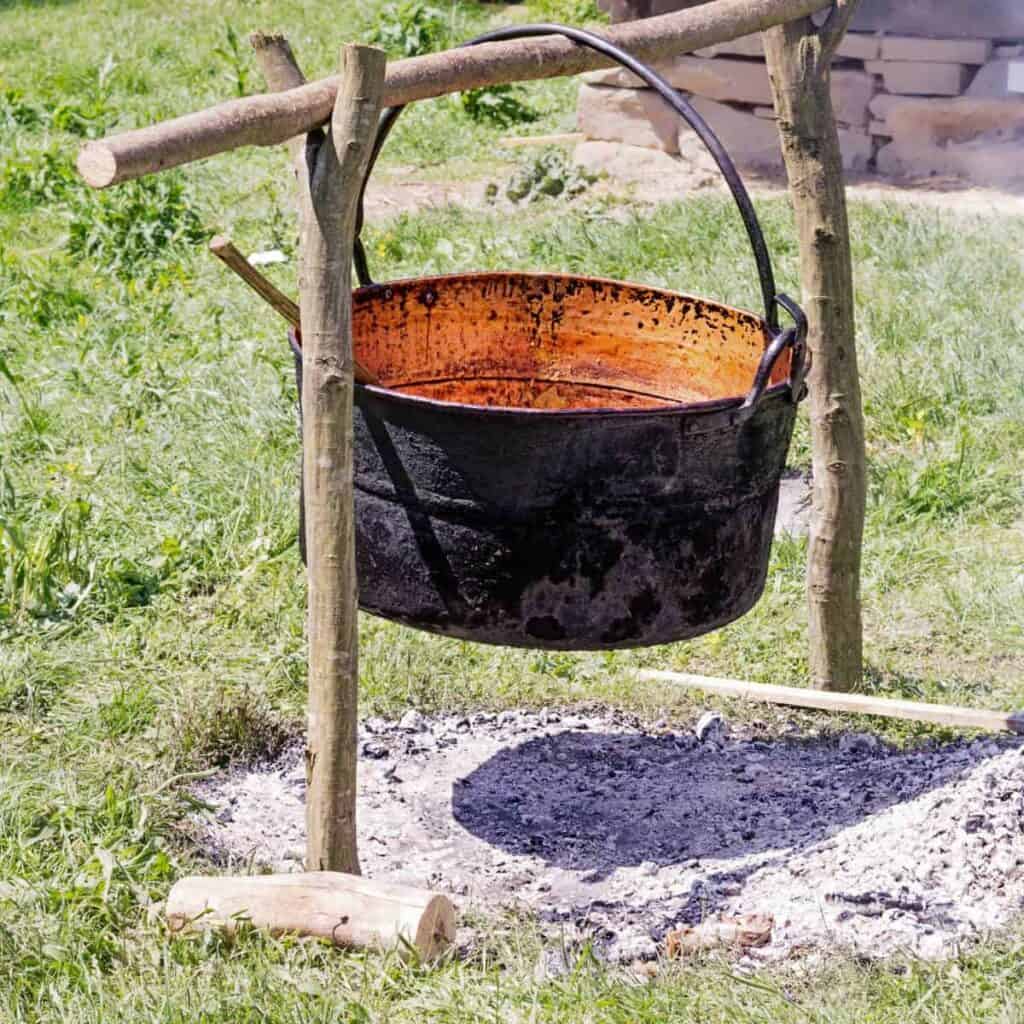
Caring for your cast iron is different from caring for your other pots and pans because you wash your stainless steel pots and pans every time you use them. However, water is the enemy of cast iron and causes it to rust.
You can also put your stainless steel pots and pans in a dishwasher and soak them, but you should never put cast iron in a dishwasher. Likewise, you should never soak your cast iron in water for more than 30 minutes.
The cooking utensils you use for cast iron are also slightly different from what you can use with your other pots and pans.
Wooden utensils – Stick with using wood utensils when you cook with your cast iron. Metal utensils may scratch your seasoning and make your food stick. Occasionally using metal utensils is OK but just be mindful of the seasoning.
I don’t want any of this to scare you away from using cast iron because it really is my go-to cookware. I grab my skillets for frying eggs, making pancakes, baking cornbread, and more.
While there are many ways to care for and clean cast iron, below are the steps that I follow.
Caring for Brand New Cast Iron Cookware
If you purchase a brand new cast iron skillet today, it will say it’s been pre-seasoned. You’ll want to create a better seasoning using traditional fats rather than keeping the factory seasoning.
First, wash your new skillet with hot, soapy water to remove any manufacturing residue.
I like to use Dr. Bronner’s liquid castile soap in a foaming soap pump bottle. In my opinion, it works just as well for washing dishes as it does for washing your hands!
Next, dry your skillet very well.
If you aren’t going to cook something in your skillet right away, put it on one of your stove burners and turn the heat on to medium-high. Put in about a tablespoon or two of fat.
I like using organic coconut oil but use what you have on hand. Home-rendered lard and avocado oil are excellent choices, too.
I explain everything you need to know in this post that includes how to render pork fat into lard.
Once your fat is thoroughly melted, turn your burner off. Use a clean cloth to rub the oil all around the inside and outside of your skillet. Make sure to get the fat everywhere so that the surface looks shiny and then wipe off the excess.
Caring for Thrift Store Cast Iron Cookware
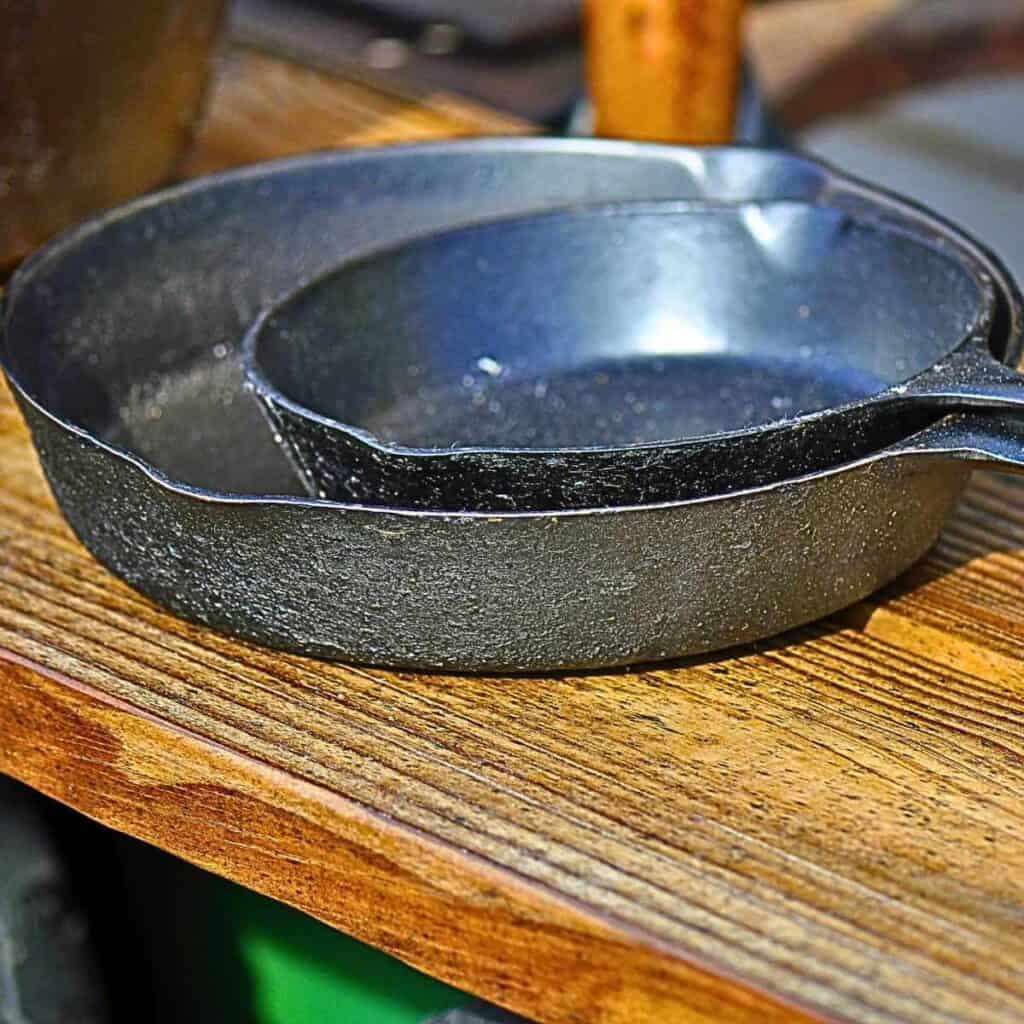
After getting it home, I would wash thrift store cast iron well with soap and hot water. And since I don’t know how the cast iron was seasoned and stored over its life, I would re-season it by adding oil all over it inside and out and sticking it in a 450°F (232°C) oven until it starts to smoke.
The hot iron will bond with the oil to create a nonstick surface after it cools down. You will need to repeat this process a few more times to get a good seasoning.
Always handle hot cast iron with care and let it cool down completely before storing it away.
Sometimes you can find cast iron at a yard sale or thrift store, which can be a good way to obtain cheap cast iron.
Although there are ways to revive rusty cast iron, I’d stay away from purchasing those options. But if there’s something decent available that you need, it might be worth it to go ahead and buy it. Don’t worry if it has some small pitting because that can be nearly corrected over time through seasoning and using your skillet.
Caring For Heirloom Cast Iron Cookware
If you’re lucky enough to inherit your mother’s or grandmother’s beloved cast iron, you may not have to do anything to it! It probably has a great seasoning already and you can start using it right away. Just make sure to follow the tips below to keep it in good shape.
If your heirloom cast iron is not in good shape, though, follow the tips in the above thrift store cookware section.
Cooking With Cast Iron
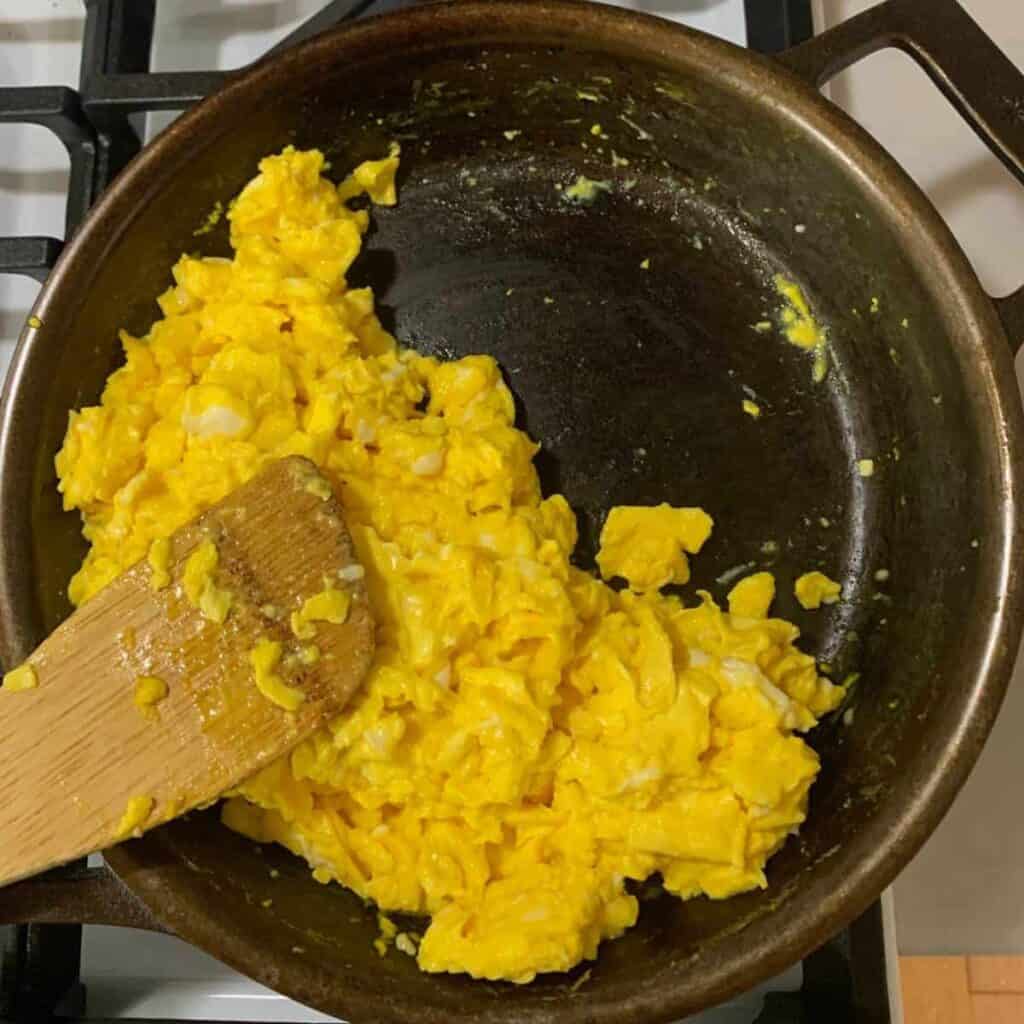
As mentioned above, before you cook anything in your cast iron you need to add some fat. If I’m frying up some eggs, I like to use a good bit of rendered sausage fat or bacon fat. Heat your skillet over medium heat, add your fat, and let it melt thoroughly.
The trick to frying eggs in a cast iron skillet is to use a good amount of fat and make sure your skillet is hot before adding your eggs.
If I’m frying a fatty meat like bacon or sausage, I won’t add as much extra fat. The sausage and bacon fat will render out and create a nice non-stick coating.
I wrote a blog post on how to cook eggs in a cast iron skillet if you’d like to learn more!
Cleaning Your Cast Iron
After you’re done cooking, you need to clean out your cast iron. I choose not to use my cast iron for any sticky or gooey dishes. I like to keep it simple so that I can just wipe out my skillet and put it back in the cabinet.
This is what my skillet looks like after frying eggs. If your skillet has a good seasoning, it’ll basically be clean.
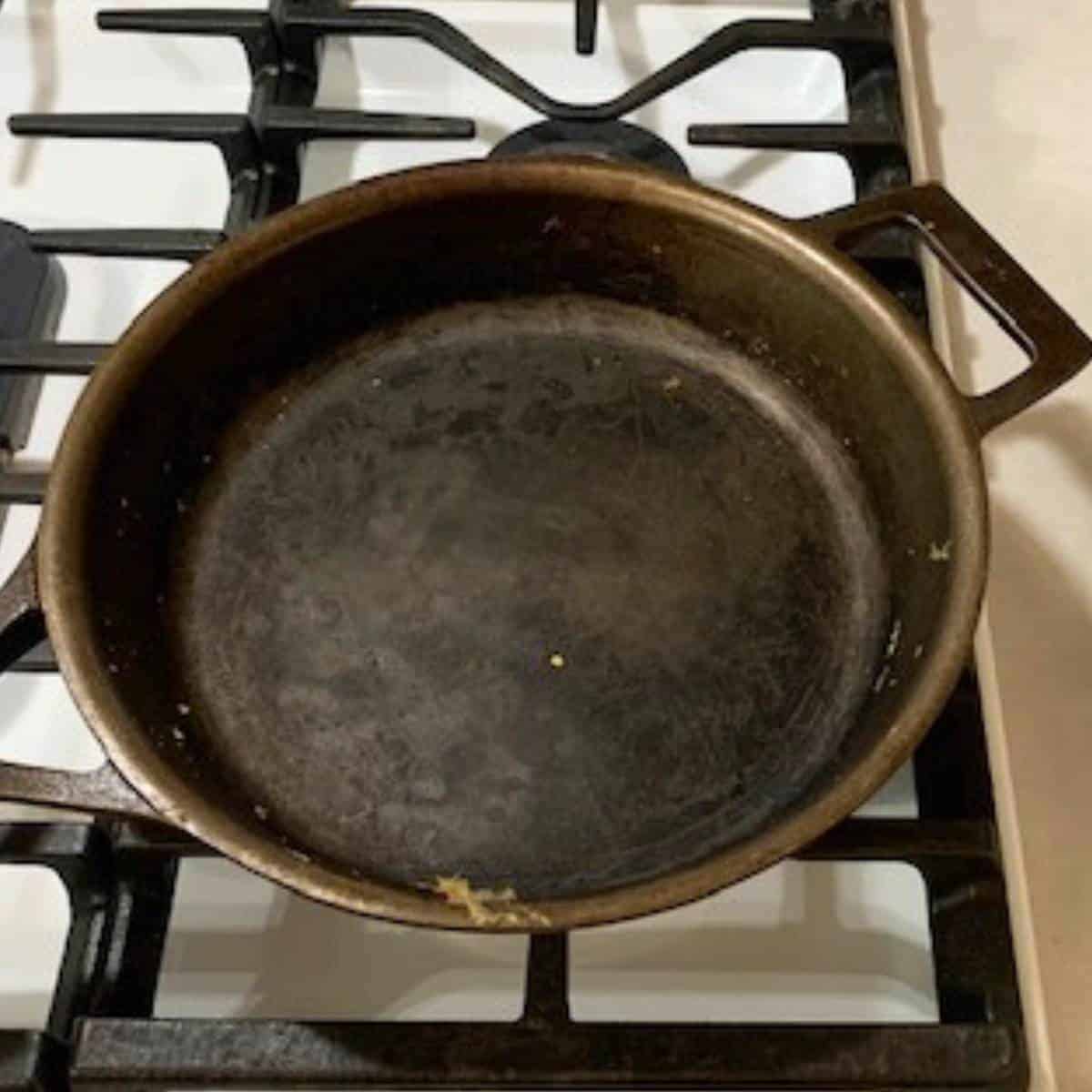
Then I’ll use a pan scraper made for cast iron and scrape off any bits of egg still stuck on.
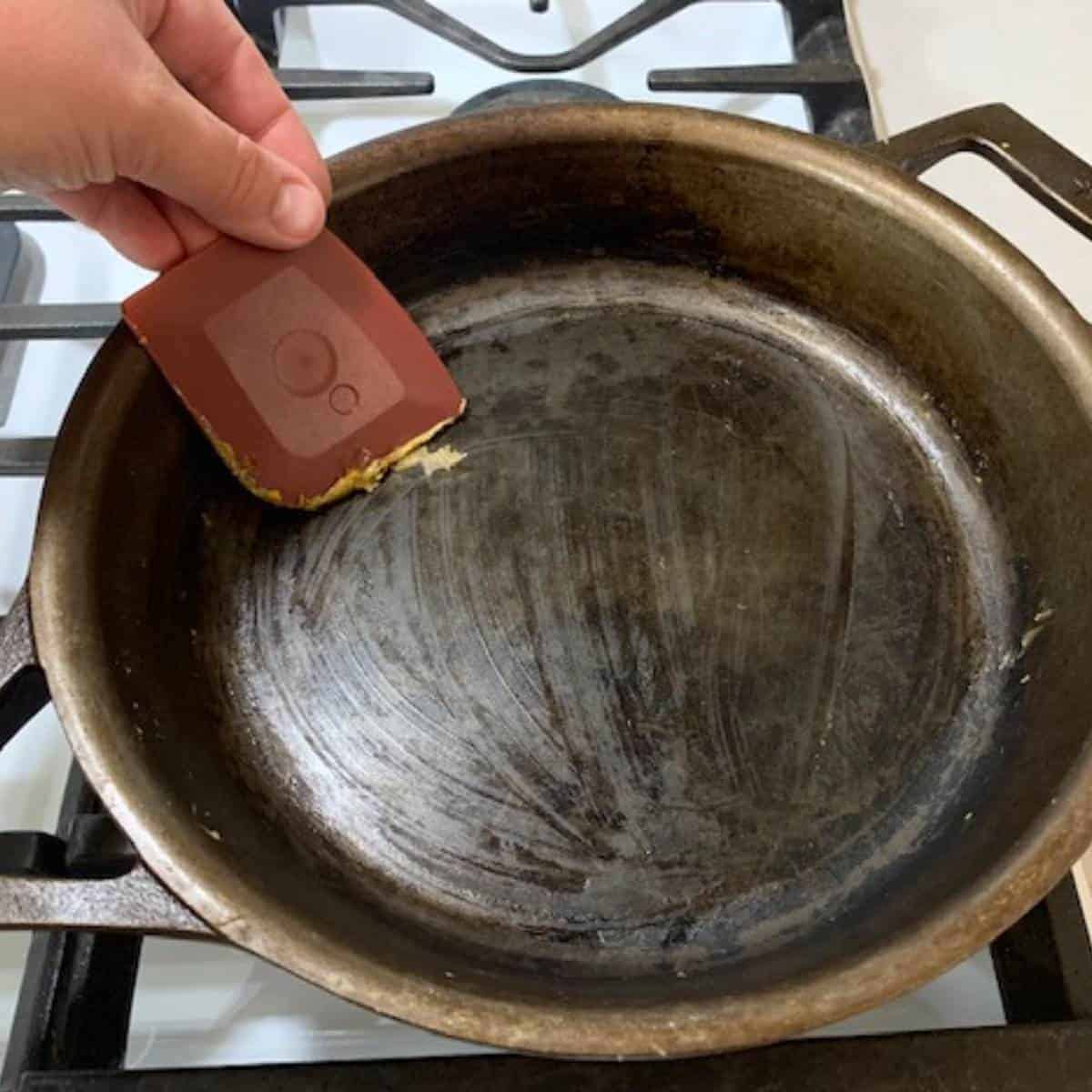
Once I get all the stuck on bits scraped off, I wipe it out with a clean cloth. Cloth baby diapers work great!

Then I’ll store it back in the cabinet, usually stacked on top of other cast iron skillets.
If the shine looks decent after wiping it clean, I won’t add any additional fat. If the finish looks dull, I’ll heat up the skillet on the stove, add some fat, let it melt, turn off the heat, and then rub the fat into the skillet both inside and out.
After the cast iron cools completely, I’ll store it back in the cabinet.
How do you clean sticky, messy cast iron cookware?
If you use your cast iron for something sticky like cinnamon rolls, you will need to scrape off what you can with a pan scraper or chain mail scrubber. You can add some salt and a little bit of fat to get extra scrubbing power.
Tip: It’s easier to clean your cast iron when it’s warm, so you may want to heat it up on your stove. Then you can rinse out your skillet, dry it, heat it up, add some fat, rub it in, and wipe it clean.
Cast iron cookware seasoning gets better over time and use
One of the things I love about cast iron is that it actually gets better after every use. Every coating of fat that bonds to the iron will make it that much more nonstick and smooth.
I want to encourage you to use good, healthy, traditional fats (home-rendered lard, coconut oil, avocado oil, etc…) and not something that’s highly processed and toxic to your health (Crisco, margarine, etc…).
Are you ready to cook with cast iron?
If you’ve been scared about cooking with cast iron, I hope this post will encourage you to give it a try! Cooking some foods in cast iron may require some practice but it’s definitely worth it in the end if it means less dishes to wash!
Shop This Post!
Lodge 10-1/4-Inch Pre-Seasoned Skillet
Stainless Steel Chain Mail Scrubber
Cast Iron Brush and Scraper with Bamboo Handle
Pin It For Later!
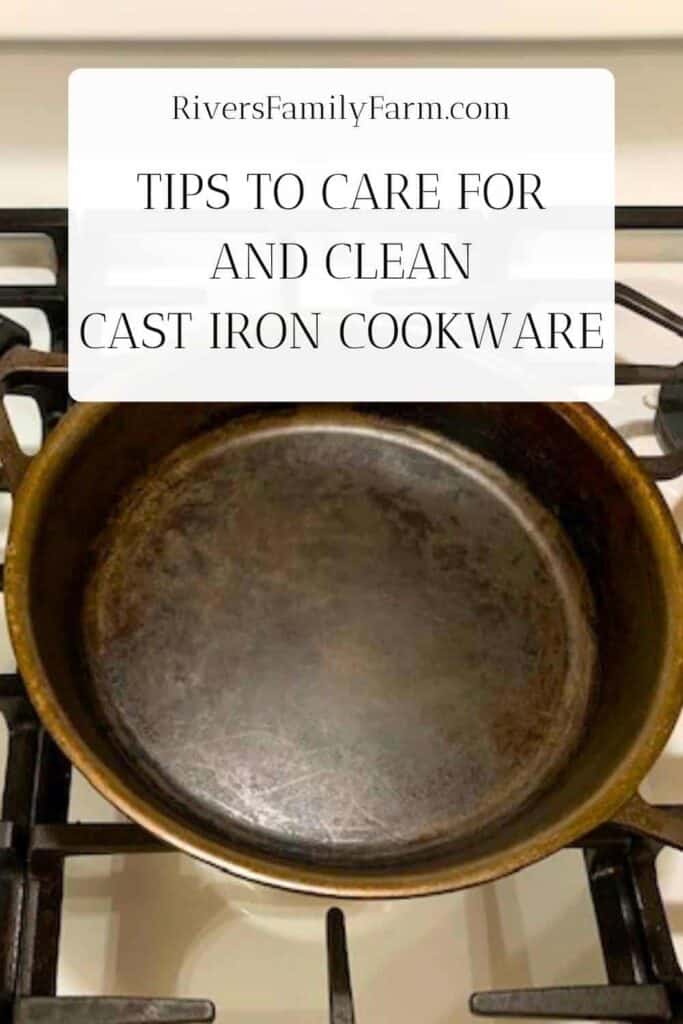
Other Related Posts
Best Kitchen Tools Made in America
Cook Eggs in a Cast Iron Skillet Without Sticking
Best Cooking Fat to Use: Butter vs Bacon Grease

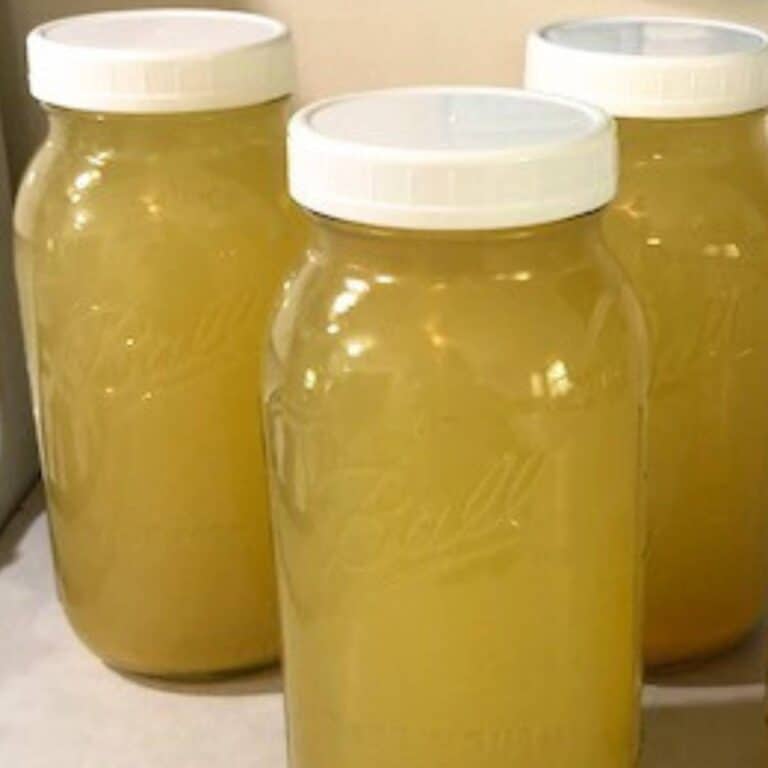
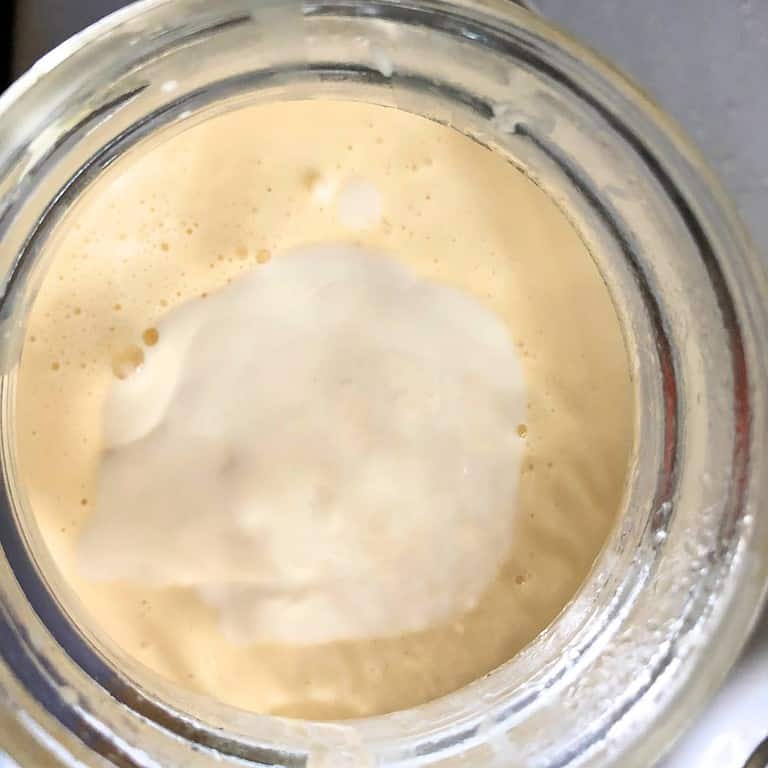
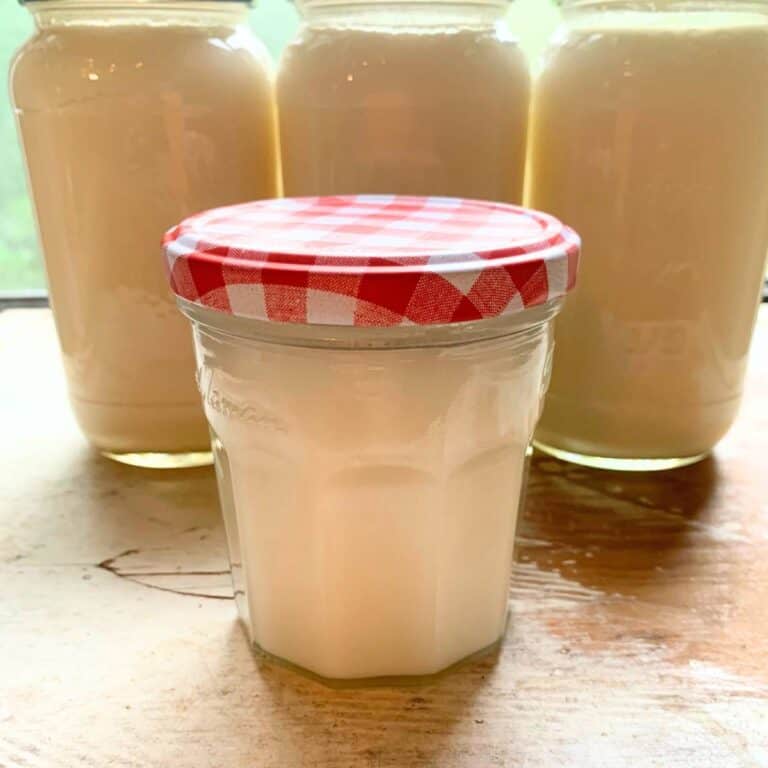
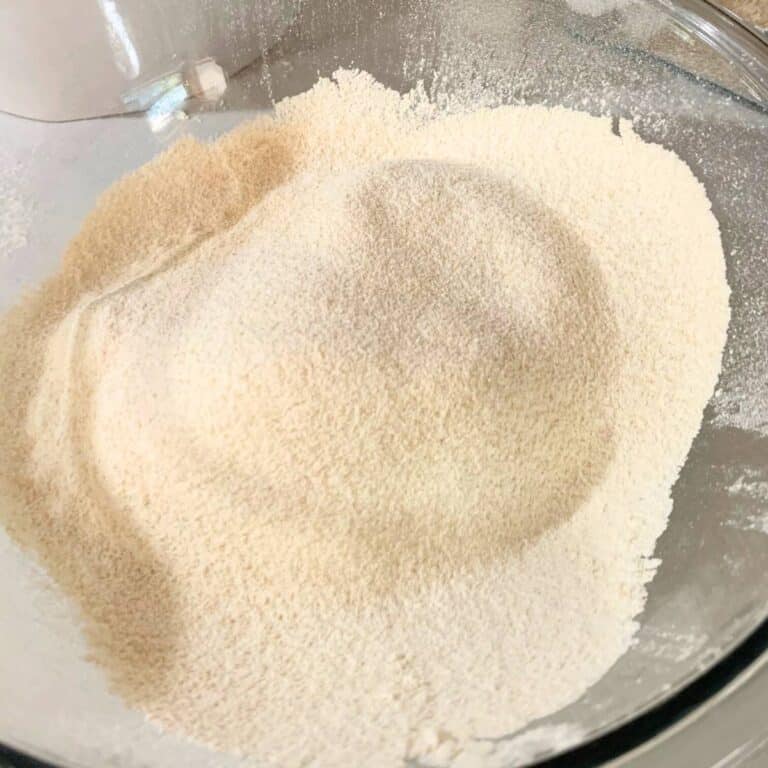
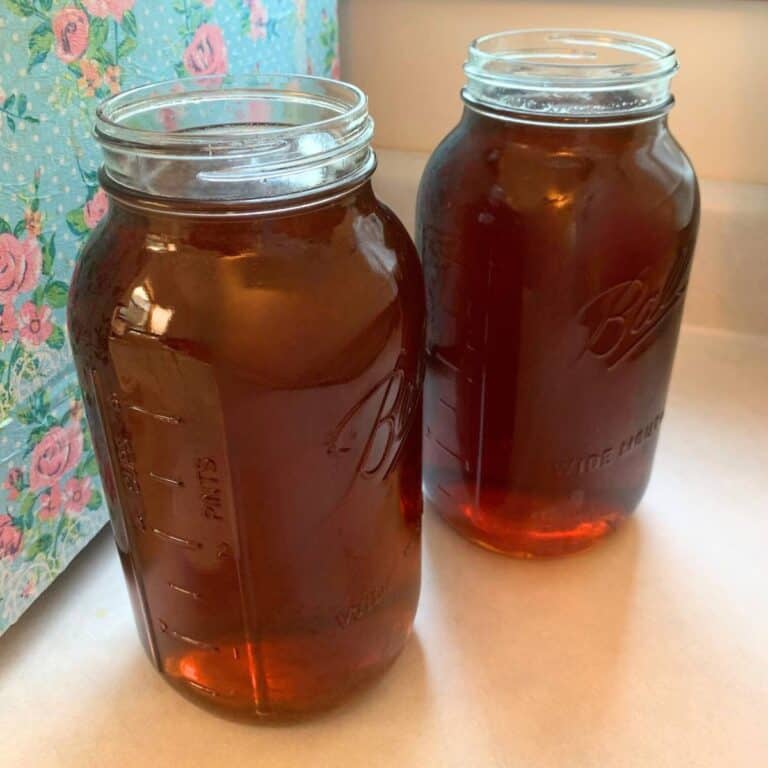
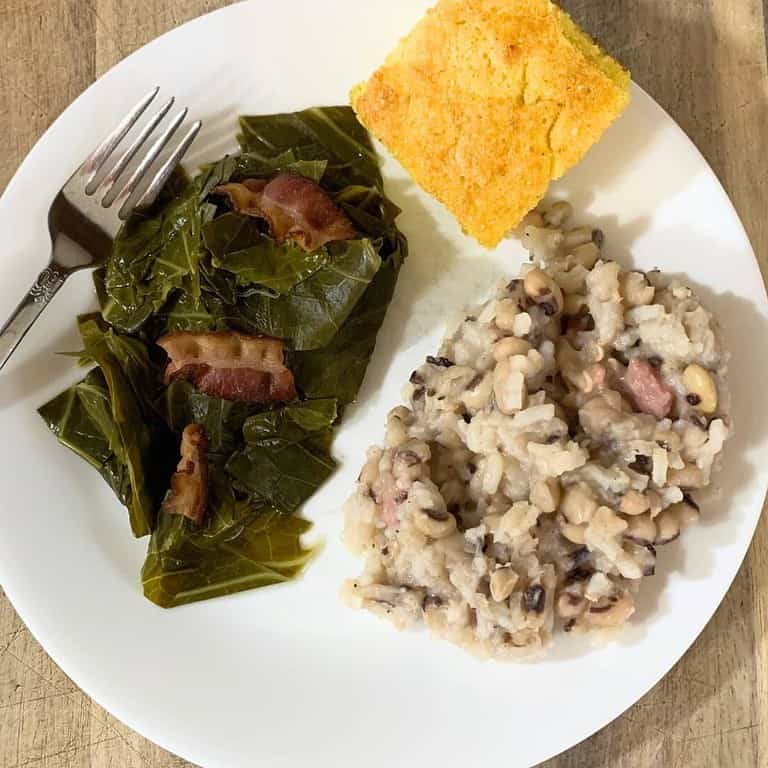
I needed this article, thanks!